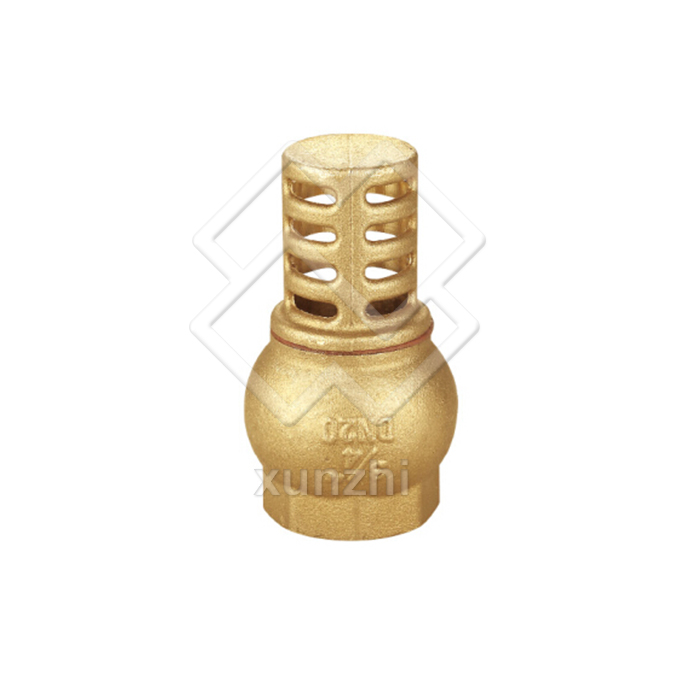Y-strainers are a type of valve that is commonly used in steam lines and other types of gas or liquid pipelines. These valves are designed to remove unwanted solids from the flow of liquids and gas. They are available in a variety of different designs and sizes. Some can be welded or threaded and others can be made of cast iron or stainless steel. The most common applications for Y-strainers are steam and vacuum systems.
The shape of Y-strainers makes them a good choice for high-pressure environments. They are also ideal for horizontal piping applications because the debris naturally flows into the pocket. This prevents them from being drawn back into the upstream pipework.
Y-strainers are commonly used in the water, gas, and oil industries. Using a Y-strainer ensures the longevity of your equipment and can help keep pressure levels down. It can also protect your downstream mechanical equipment from damage by sediment, debris, and contaminants. In order to make sure that your Y-strainer is functioning correctly, it is important to know how to install and maintain it.
Y-strainers typically come with a blow-off valve. This feature allows the screen to be cleaned without having to remove the entire strainer. Y-strainers have a PTFE seal that is intended to extend the life of the strainer. Also, if a strainer becomes dirty, it should be cleaned and re-installed. If a Y-strainer is used in a vacuum system, it can help maintain a clean environment for the pump.
Depending on the type of material, a Y-strainer should be sized to fit the size of the hole. Smaller particle sizes allow for a lower mesh number. For example, a 10 mesh screen has fourteen apertures per inch. However, the smaller the particle size, the less the amount of space the Y-strainer will need to accommodate. Consequently, a Y-strainer has a lower dirt holding capacity than a basket strainer.
If you are using a Y-strainer in a vertically oriented system, it is imperative that you align the Y-strainer with the pipe in such a way that it does not bend. You should also align the Y-strainer in a direction that does not cause the pocket to be in an upward position. An upward orientation could allow debris to flow into the upstream pipework and potentially back into the Y-strainer. Alternatively, a vertically oriented system may collect condensate in the low points.
Whether you are using a Y-strainer or another type of strainer, you should always make sure that the filtration screen is installed properly. This will help to ensure that the material does not leak out and that the filtration screen will not fail.
Besides the screening element, you should also check for rust and other defects in the strainer. A Y-strainer can only function correctly with an appropriate mesh filter. If you find that the Y-strainer is not performing as it should, you should inspect the screening element, replace the screen, and flush the y-strainer.
